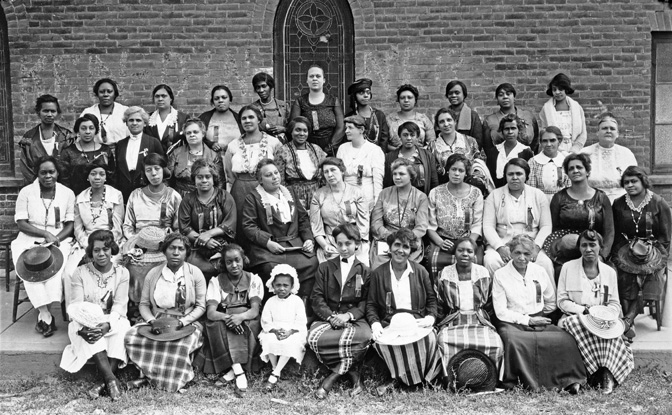Planned Parenthood v. Casey
TL;DR
- Planned Parenthood v. Casey was a 1992 Supreme Court case that reaffirmed the core holding of Roe v. Wade.
- The case challenged several provisions of Pennsylvania’s abortion law, including a 24-hour waiting period and spousal notification.
- The Court replaced Roe’s trimester framework with a new “undue burden” standard.
- It upheld most of the Pennsylvania law but struck down the spousal notification requirement.
- Casey became the dominant precedent for abortion law until it was overturned along with Roe in 2022.
What it is
Planned Parenthood v. Casey was a U.S. Supreme Court decision in 1992 that redefined how courts evaluate abortion restrictions. The case reaffirmed the constitutional right to abortion first established in Roe v. Wade but changed the legal framework from Roe’s trimester system to the “undue burden” standard.
Why it matters
Casey was pivotal because it preserved the right to abortion while allowing more state regulation. Its “undue burden” test gave states more flexibility in restricting abortion, as long as those laws didn’t place substantial obstacles in the path of a woman seeking an abortion before fetal viability. Casey’s approach shaped abortion law in the U.S. for three decades.
How it works / Key concepts
- Undue Burden Standard: The Court ruled that a law is unconstitutional if it imposes an undue burden on a woman’s ability to obtain a pre-viability abortion.
- Viability: The point at which a fetus can survive outside the womb, typically around 24 weeks, remained the key limit for state bans.
- Challenged Provisions: The Pennsylvania law required informed consent, a 24-hour waiting period, parental consent for minors, and spousal notification. All but the spousal notification were upheld.
- Plurality Decision: The opinion was authored jointly by Justices O’Connor, Kennedy, and Souter and did not command a single majority, making it a complex ruling.
Examples / Use cases
- States could implement waiting periods and informed consent laws after Casey, leading to a patchwork of access.
- Spousal notification laws were largely invalidated, but parental consent laws were upheld if judicial bypass options existed.
- Casey was cited repeatedly in later cases involving abortion restrictions, such as Whole Woman’s Health v. Hellerstedt (2016).
Limitations and risks
- The “undue burden” test was open to interpretation, leading to inconsistent rulings in lower courts.
- Casey allowed significant state-level restrictions that made abortion access more difficult over time.
- In 2022, the Supreme Court overturned both Casey and Roe in Dobbs v. Jackson, ending federal protection for abortion rights.
FAQ
- What was Planned Parenthood challenging? Several parts of Pennsylvania’s Abortion Control Act, particularly the spousal notification requirement.
- Did Casey overturn Roe? No, it reaffirmed Roe’s core holding but replaced its trimester framework with a more flexible standard.
- What is the “undue burden” test? A law creates an undue burden if it places substantial obstacles in the path of a woman seeking a pre-viability abortion.
- Who wrote the main opinion? Justices O’Connor, Kennedy, and Souter authored a joint plurality opinion that became the controlling interpretation.
Sources
- Oyez. “Planned Parenthood of Southeastern Pa. v. Casey.” Oyez.org, 2022.
- U.S. Supreme Court. Planned Parenthood v. Casey, 505 U.S. 833 (1992).
- Guttmacher Institute. “Abortion Policy in the Absence of Roe.” May 2022.
- National Constitution Center. “Explaining Planned Parenthood v. Casey.” 2022.











